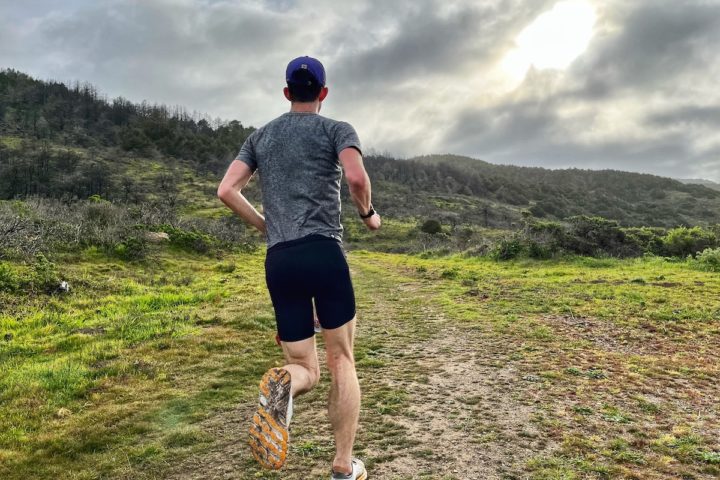Cross-Country Chaos: 2022 USATF Club Nationals Race Report
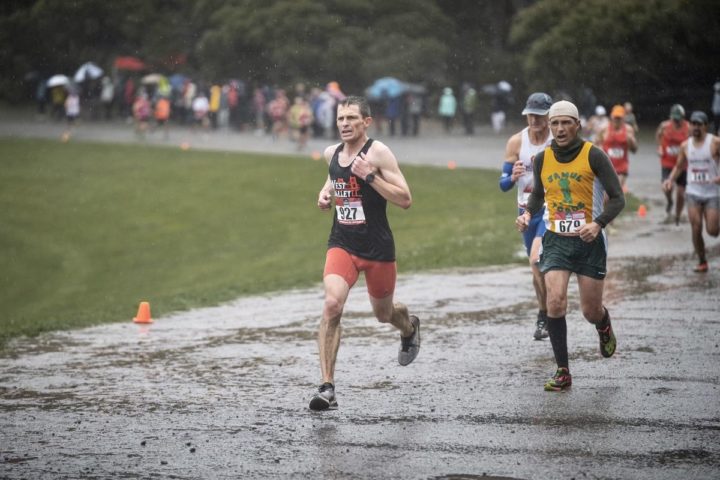

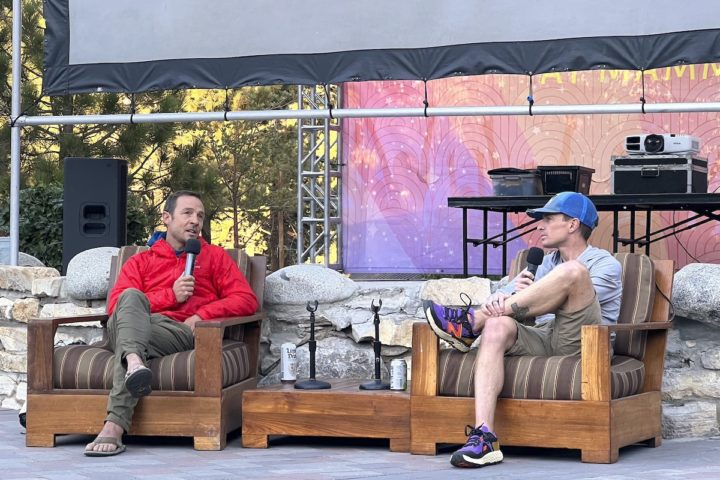
The 10K Overdistance Interval Session is a 10K-specific workout that totals about 6-7.5 miles worth of quality work when all is said and done. It's a race-specific interval sessions will help fine-tune your fitness and boost that all-important element of confidence in the final 4-6 weeks leading up to your goal event.
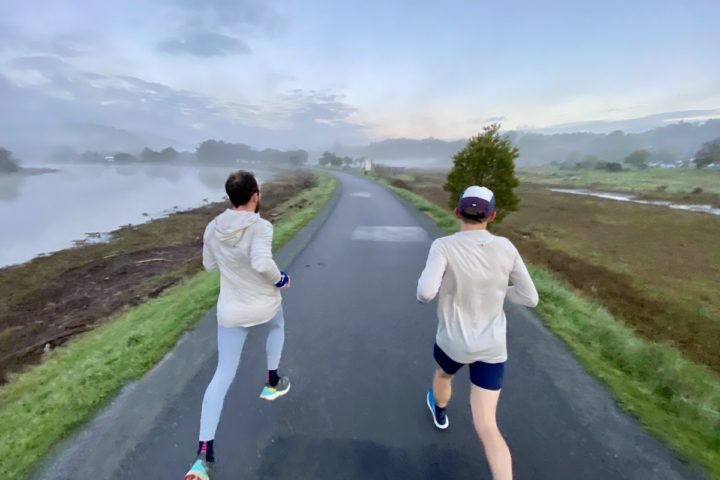
Hills and Twos is a staple early season session for a number of top high school, collegiate, and professional programs that combines a set of short, hard hill repeats with a set of short, fast intervals. I’ve been doing some version of this workout since college, the Bowerman Track Club has their own take on it, and a couple of Georgetown runners even named their podcast after it.
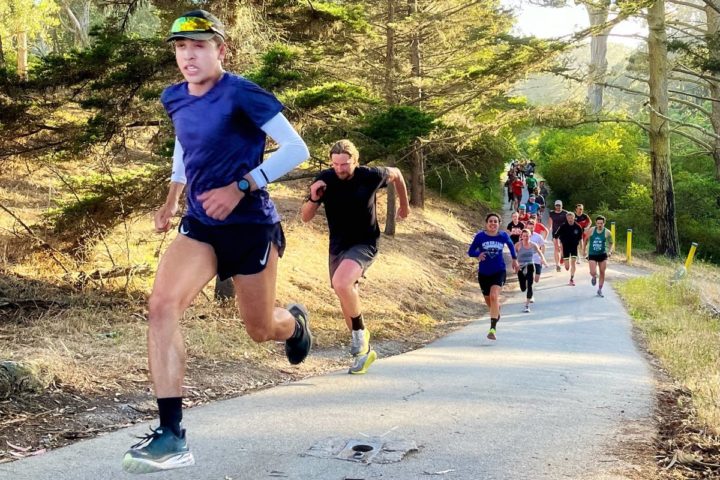
This workout is all about that base. It’s a relatively straightforward session that combines a set of short (30-60”) hill repeats with a moderate dose of steady state running (think marathon-ish effort). It’s perfect for athletes early in a training block when they’re building volume and reintroducing intensity without getting too specific just yet. It’s not meant to be that hard. There are a number of ways you can manipulate this workout but I like to start with the hill repeats because the athlete is fresh and we can get more out of this element of it in terms of muscle fiber recruitment, improving power, and running with good form. The steady state afterward is purely aerobic—not too hard, but not that easy—and shouldn’t take that much out of you energetically or otherwise.
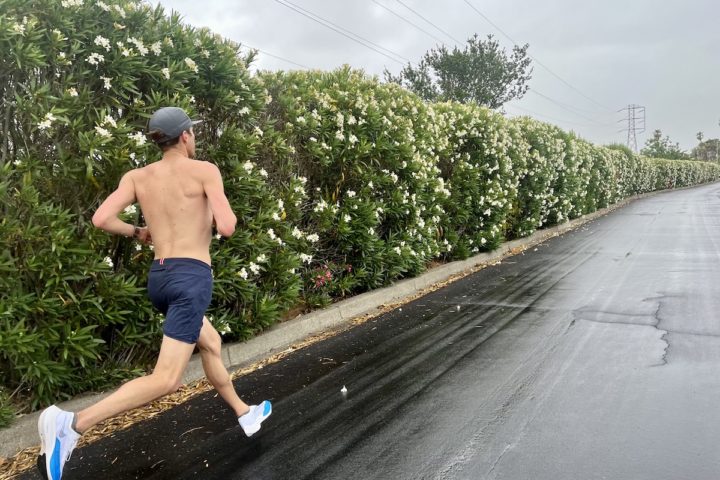
Hill workouts should be an essential part of any runner’s training repertoire. They provide a lot of benefits for a relatively steep price: speed, strength, fitness, focus, challenge, and confidence all wrapped into a tidy package of uphill repeats.
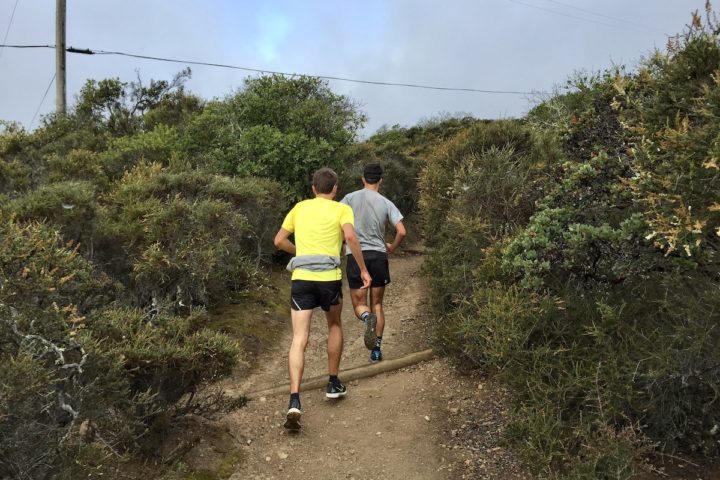
I came up with this workout for my Wednesday night track crew as a fun way to get in a high volume of quality work while also practicing how to be disciplined, stay focused, and go through a wide range of gears. This session works best in a group environment because it has a competitive element to it—you’re “eliminated” when you run slower than your previous interval; whoever can tally up the most reps “wins” the workout—but it can also be done alone.
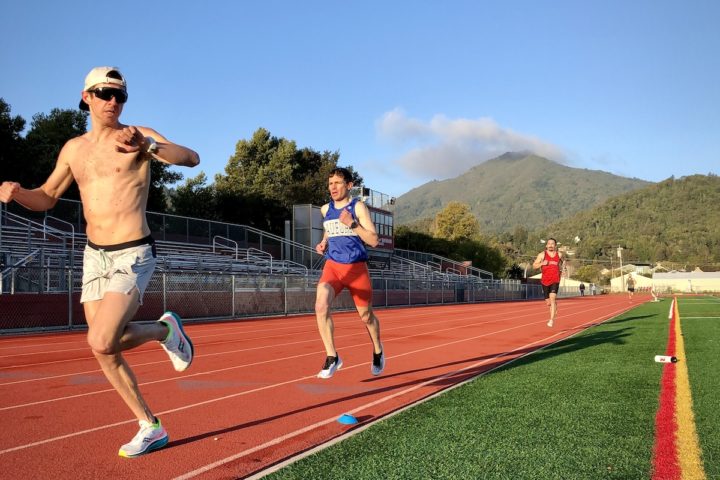
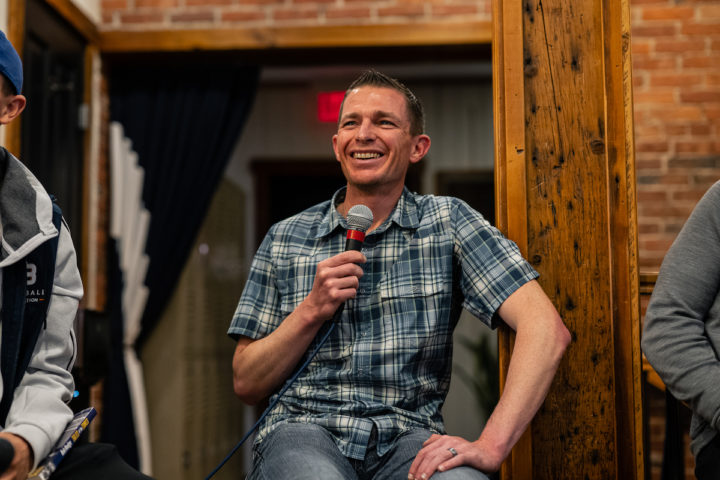
At its core, coaching is a relationship between two people built upon a foundation of trust and communication. This should be the first place an aspiring coach invests his or her time and energy: understanding how to connect, learning how to listen and communicate, working to gain trust. The rest of their education, in whatever form it takes, is ongoing from there.
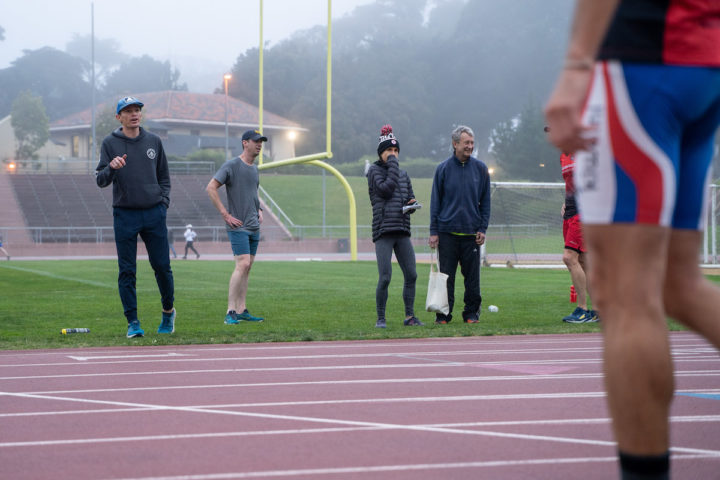
I love ladder sessions. It's a great feeling mentally when you start coming back down the ladder and know the longest intervals are behind you. This workout is not that and that's exactly the point.
